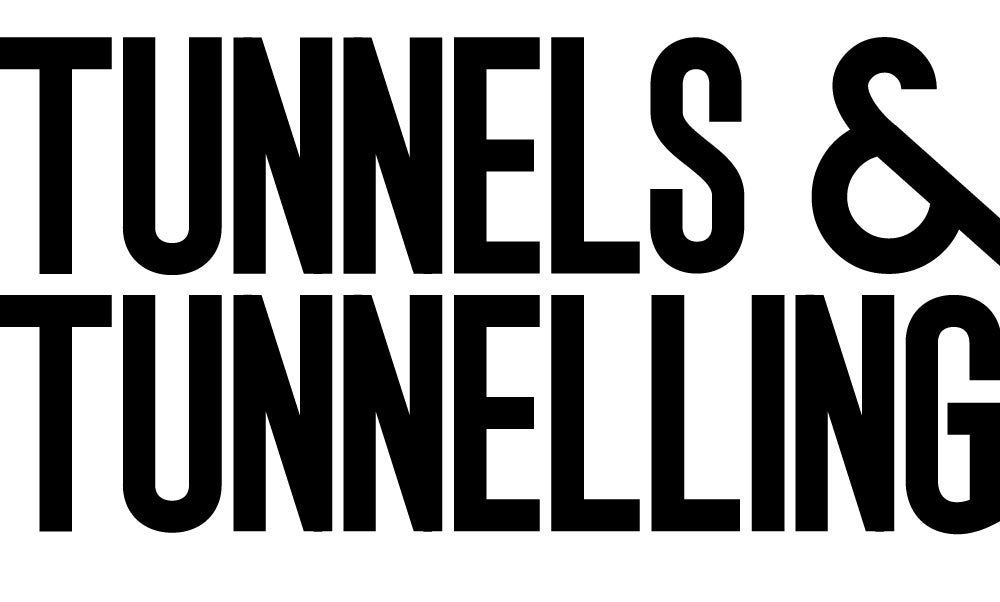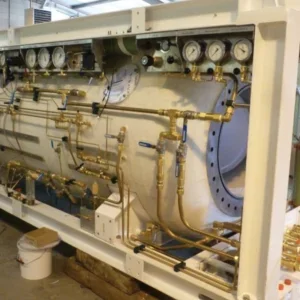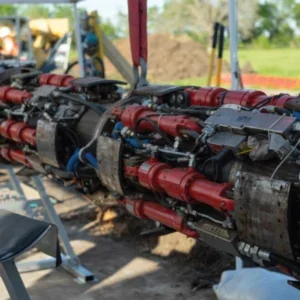The Icelandic Tunnelling Industry is a niche part of its total construction industry valued at just 1% of the total. Mostly the market is for road or hydropower tunnels as the island has no real traffic congestion. The population of 340,000 inhabits Iceland’s 103,000km2, meaning a rail network is just not a realistic solution.
The tunnelling sector is equally sparse; the limited number of projects that Iceland commissions means that there isn’t really a tunnelling sector per se. Although ÍAV (a subsidiary of Marti since 2010) has been relatively active, as has Metrostav of the Czech Republic and Istak, an Icelandic contractor owned by Per Aarsleff.
There is no dedicated tunnelling contractor in Iceland, so generally there are joint ventures with foreign companies. And Icelandic companies do not generally seek work abroad.
Gísli Eiríksson, chair of Icelandic Road and Coastal Administration (IRCA) explains that one of the challenges for the tunnelling family is the discontinuity of projects.
This has been exacerbated in Iceland’s economic malaise of recent years (2010-2018), but now the economy is recovering at around 3-6% per year.
He says, “the reason for the discontinuity is mainly financial. The government cannot fund too many projects at once, alongside the necessary maintenance work. The government has actually cut infrastructure investment since 2010, but even before then the situation was pretty similar. So we normally work on one project at a time.”
To illustrate this, the Vaðlaheiðargöng (Vadlaheidi) road tunnel was completed in 2016 while the Norðfjarðagöng (Nordfjordur) was completed in 2017. The last hydropower project opened last year.
The Dýrafjörður road tunnel will open in September 2020. It is currently the country’s only ongoing project, a 5km-long road tunnel being excavated by drill and blast.
The tunnel will be reinforced with rock bolts and sprayed concrete. The road includes two lanes and there are emergency portals at 500m intervals.
Icelandic road tunnels are generally excavated through 10-20Ma old layers of basalt with scoriaceous upper and lower boundaries and interbedded sedimentary rock (or layers of different origin in places). Solid basalt has intact uniaxial compressive strength from 50 MPa to over 250 MPa, but scoria and scoriaceous basalt from 20 to 70MPa. The sedimentary rock is both low strength tuffeous rock (UCS < 10 MPa) and sandstone-conglomerates of much higher strength (UCS > 30 MPa). Very fine grained (tuffeous) sedimentary rock may contain smectite.
Einar Hrafn Hjálmarsson says that Icelandic geology can be highly variable, “Layers are usually thin; they are usually from few a cm to 5m.
“We have relatively young rock in Iceland so it’s easy to drill but the stability is in some cases poor. On that occasion, we generally have to use ground support like shotcrete, rockbolts, lattice girders, and in some cases steel beams.
“To face the sedimentary rock we use lattice girders and spiling bolts. To contain a modest amount of water, we try to grout it. In case of very cold water and cement grout are not enough, we opt for chemical grout.”
These recent tunnels have all been of typical design, constructed to Norwegian standards.
TBMs have yet to be used in Iceland for road tunnel projects, however mechanised excavation was selected and used on the Kárahnjúkar hydropower project a little over a decade ago.
Recent road projects
As stated previously, the three major road projects of recent Icelandic tunnelling history are the Nordfjordur, Vadlaheidi and Dyrafjordur (see also, table 1).
Vadlaheidi
The tunnel is 7.2km long plus 320m of portals. The cross section is T9.5, in accordance with the Norwegian tunnel standards, for a total cross sectional area of 66.7m2. There are four technical rooms inside the tunnel and two at the portal areas.
The project also includes roadwork of total 4.1km on both sides of the tunnel. Lining was a fabric membrane under sprayed concrete.
The geology of this tunnel includes about 7.5 to 9Ma old rock mass consisting of basaltic rock layers, with upper and lower boundaries and, in places, sedimentary layers.
Nordfjordur
The Nordfjordur tunnel has been excavated through about 10 to 12Ma old rock mass mainly consisting of basaltic rock layers, with scoriaceous upper and lower boundaries and in places sedimentary rock layers of differing origins.
The basalts include olivine basalt, porphyritic basalt and tholeiite basalt. Olivine and porphyritic basalts are usually less jointed and are considered better tunnelling rocks than tholeiite basalt. Mixed face conditions existed for the majority of the tunnel.
The future
A number of road and hydropower projects are under discussion, but have not been approved yet. A new route out of Reykjavik might include a subsea tunnel, in one variant, but again this is under discussion.
Eiríksson says that over the last 30 years they have been opening road tunnels of 2km per year average. “I hope we can proceed with same pace over the next decades,” he adds, “the government has promised to keep up the pace to strengthen the infrastructure of road system.”
IRCA tries to keep the technical momentum going in Iceland with a yearly seminar and occasional meetings. If a specialist visits Iceland, the group usually tries to arrange a lecture.






